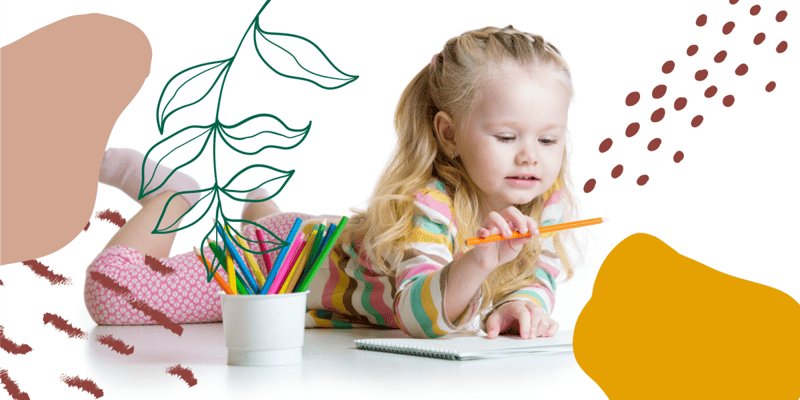Questions and Answers
What is the difference between 'cool-down time' and 'time out'?
The difference is that during cool-down time, an educator stays with the child and supports them to regulate their emotions, while time out is often seen as punishment.
Under what circumstances should a child be physically restrained?
A child should be physically restrained only in emergency situations when there is an immediate danger of the child being hurt or hurting others.
What should service policies on behaviour guidance include?
Service policies should outline a clear process for guiding children's behaviour based on recognized approaches and with a focus on maintaining the dignity and rights of each child.
What is the requirement for approved providers, nominated supervisors, and family day care educators regarding the protection of children from harm and hazards?
Signup and view all the answers
Give an example of a situation where not taking reasonable steps to prevent harm or hazard to a child may occur.
Signup and view all the answers
What training requirements must approved providers ensure for nominated supervisors and staff members who work with children?
Signup and view all the answers
Which areas of the National Quality Standard (NQS) are relevant to issues of inappropriate discipline?
Signup and view all the answers
What is the purpose of discipline in an education and care service?
Signup and view all the answers
What are some examples of inappropriate discipline that may constitute a serious breach of the National Law and/or National Regulations?
Signup and view all the answers
What is the term used to indicate positive and effective ways to help children manage their own behavior?
Signup and view all the answers




